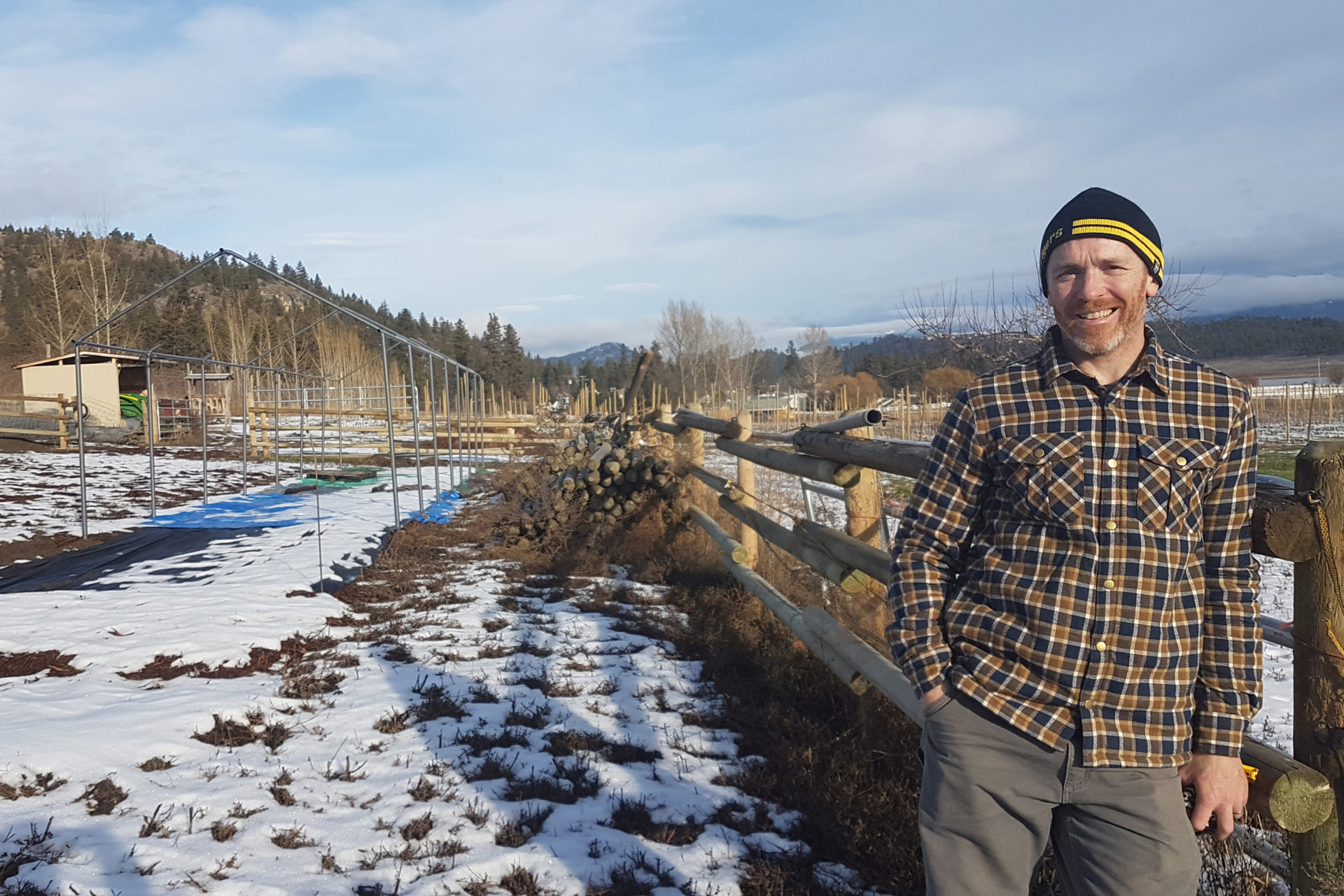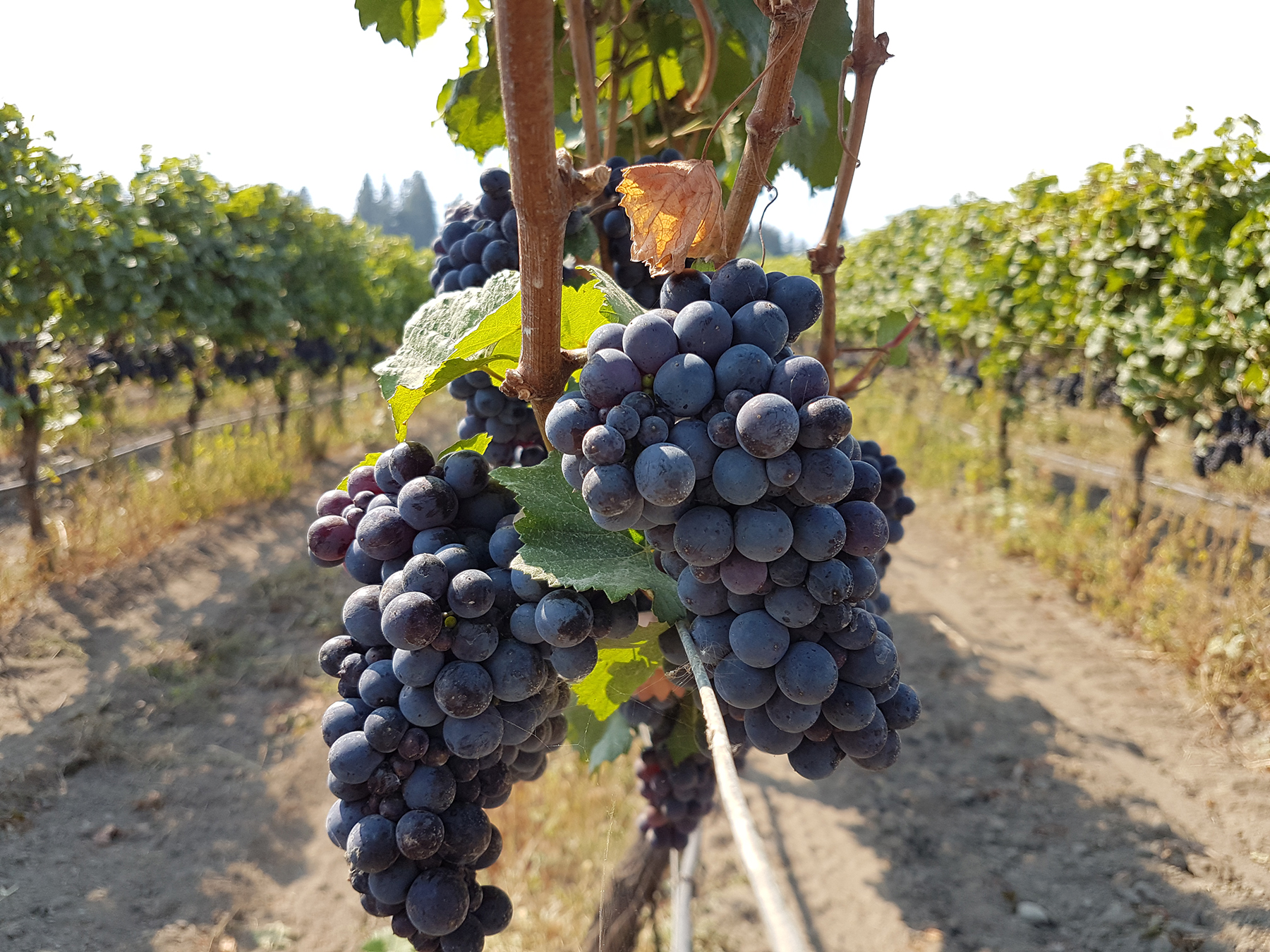ABBOTSFORD – It took a decade to develop the new Agricultural Waste Control Regulation and it will take another decade to fully implement it.
The BC Ministry of Environment and Climate Change Strategy (BCMoE) released the new Code of Practice for Agricultural Environmental Management (AEMCoP) January 23, with the first provisions to take effect, February 28, 2019. The AEMCoP replaces the AWCR which had been in effect since 1992. Work on the new regulations began in 2009, with the first public consultations held in 2012.
“We had 25 agricultural associations involved in joint government-industry working groups,” BCMoE clean technologies director Chris Jenkins told farmers at the Pacific Agriculture Show in January.
The new regulation is intended to improve waste management practices, improve clarity and enforceability, outline clear expectations and outcomes and better align with agricultural practices.
“We’re not telling you how to do things; we’ve outlined the outcomes that need to be achieved,” Jenkins said.
Instead of the one-size-fits-all approach of previous regulations, the new regulation has different rules for different scenarios.
“The requirements are science and evidence-based,” BCMoE senior environmental manager Margaret Crowley said. “Some requirements are universal and others are site and/or commodity-specific.”
To accommodate all the definitions and provisions, the AEMCoP totals 45 pages, including schedules and appendices. Rules are much stricter in high-risk areas, such as vulnerable aquifers and areas with high soil nitrate and phosphorus levels.
Farmers will need to be “much more aware of where they farm and how they farm,” says BC Agriculture Council environmental technical advisor Geoff Hughes-Games. “Producers are going to have to do a lot more work to determine which sections apply to them.”
Crowley says BCMoE already has maps of sensitive aquifers and phosphorous-affected areas on its agricultural environmental management webpage and is working with the BC Ministry of Agriculture to develop workbooks and risk assessment tools.
“We need to know what would be helpful to you,” she told farmers at the PAS.
Generally satisfied
Industry is generally satisfied with the new regulation.
“They listened to our concerns and that’s all you can ask for,” says BC Dairy Association chair Holger Schwichtenberg. “It’s not perfect but in the end, it’s fair and manageable.”
“We’re okay,” adds BC Cattlemen’s Association general manager Kevin Boon. “We will have to do something but most of our ranches won’t have to make major changes. Our big issue was access to water and we’ve got that.”
BC Chicken Growers Association president Dale Krahn agrees, noting most poultry producers already meet most requirements.
“We support good environmental standards,” BCAC executive director Reg Ens states, noting he particularly likes the implementation timeline. “It ensures adequate time for us, government and professionals to handle the workload that is coming.”
First up
First up is the Hullcar aquifer recharge area. All agricultural operations of five hectares or more must have a nutrient management plan (NMP) in place before the 2020 growing season.
Over the next three years those requirements will expand to include all livestock and poultry operations of five ha or more and five or more animal units located above vulnerable aquifers throughout the province. By 2024, NMPs will also be required of all horticultural operations greater than 30 ha located above vulnerable aquifers.
In 2025, all agricultural operations of at least five ha located in phosphorus-affected areas will require NMPs.
Crowley stressed NMPs need to be developed by either a qualified professional or a person experienced in nutrient management.
“If you already do an NMP as part of an environmental farm plan, it will cover everything we want,” she said.
The timeline may make it appear most farmers don’t have any immediate concerns, but that is not the case.
“When the regulation comes in on February 28, there is an expectation that anyone who applies nutrients to their land has some basis for doing that,” Hughes-Games points out, stressing the regulation applies to both conventional and organic farms and includes manure, compost and inorganic fertilizer.
As a minimum, farmers should have a basic soil test (about $45 to test for N, P, K and soil pH) for each field and keep a record of all nutrient applications. Soil tests need to be taken at least every third year but may be done on a rotation, e.g., a farmer with six fields could test two fields during each of the three years.
While most setbacks have not changed, buffers from watercourses have increased. Farmers must now maintain a 1.5-metre setback for commercial fertilizers or injected manure and a three- metre setback when applying manure or compost other than by direct injection. Although a proposal to apply buffers to property lines has been eliminated, there is a requirement that nutrients not be allowed to go onto a neighbouring property.
“The bottom line is you can’t allow nutrients to leave your property,” Hughes-Games states.
“We don’t want leachate and contaminated water,” noted BCMoE clean technologies policy specialist Josie Beruldsen.
The regulations include specific requirements for temporary field storage of nutrients, seasonal manure applications, confined livestock and use of wood waste.
The regulations still allow farmers to compost manure, spoiled crops or mortalities and even allow them to bring wood waste and other products onto the farm as long as they are for use as nutrients or soil amendments on the farm but the rules on process and use have been tightened up.
Schwichtenberg, Boon and Ens say the biggest question marks are cost and enforcement.
Schwichtenberg admits the regulations are “worthless” without enforcement but wonders how that will look.
Boon says ranchers just want to be treated fairly.
“We’re concerned with how our few truckloads of wood waste are dealt with compared to the big piles of wood waste at the sawmills.”
“We are still not clear on the economic impact (the AEMCoP) will have on some, if not all agricultural operations in the province,” Ens says. “Our push is to get government to provide additional resources to help farmers implement the changes required by the new regulation. The EFP program is already fully subscribed.”


 Mentorship gives Kelowna grower a headstart
Mentorship gives Kelowna grower a headstart